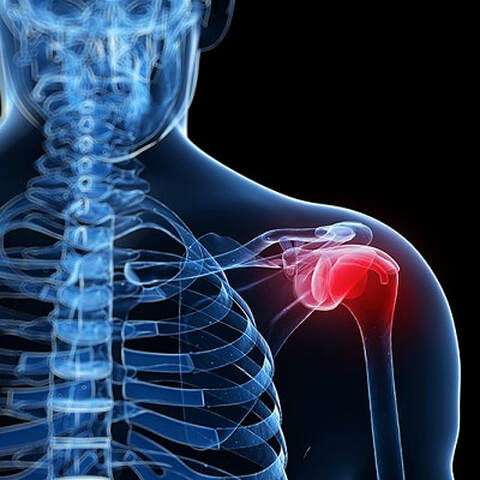Using Automated Stress Testing to Validate the Durability of a Potential Medical Breakthrough
|
- Solution: Designing an automated research tool for testing the medical glue repairs in a variety of situations over simulated time periods created an accelerated lifecycle process test that validated the integrity of vascular and tendon repairs more rapidly. Automating the repetitive testing process and eliminating the need for a scientist to manage the process enabled the company to quickly get the results needed to make the business decision whether to submit the medical glue for regulatory approval.
- Benefits:
- Replacing a manual testing process conducted by an experienced scientist enabled validation of product capabilities in a more scalable manner
- Streamlining the testing and validation process with an automated accelerated lifecycle test enabled rapid replication of vascular and tendon repairs shortening the timeframe needed to confirm product viability
- Automating data capture during testing accelerated the data gathering process so the company could make the business decision whether to continue investing in the product
|
Automated testing of performance of medical glue for internal applications. |
The ChallengeThe Company manufactures a variety of medical glues, which are used effectively as topical applications on the skin. The Company wanted to expand their medical glue product line with a new type of glue that could be used for medical and surgical repairs inside the human body. Using glue for internal repairs required additional tests beyond repair effectiveness as the glue’s durability inside the human body also needed to be verified.
The functional capability of the medical glue was validated by taking a vessel or tendon, cutting it apart, then gluing it back together and stress testing it to ensure adhesion. The Company had developed differing glue formulations that it wanted to test to determine maximum efficacy inside a human body. Verifying the durability of the medical glue repair within the human body was critical for regulatory approval. The SolutionIt was critical that the glue last long enough for the healing process to complete. Multiple test fixtures were created to simulate the biology to be tested. S5 Solutions created a controlled environment that would simulate the movement and stresses that occurred within a human body in the real world, while the medical glue’s effectiveness could be monitored and measured. Most of the test scenarios involved a type of accelerated life test. Accelerating the test allowed similar stresses to be applied repetitively over hours rather than days.
|
In addition to accelerating the test time, another important goal was to measure and record as much data as possible about the key metrics of the system. If the medical glue was successful, verifying the glue’s longevity so it could meet regulatory approval requirements was key. Making measurements presented some unique challenges for automation. Much of the monitoring was done using machine vision. With machine vision, the computer can watch features on the test samples to look for fatigue or separation, without the system needing to be monitored continuously by a human operator. The machine vision made it possible for the computer to watch every moment of the wear process over many hours, without requiring an experienced scientist to monitor the test.
The automated system made it possible to perform the tests consistently multiple times with varying glue formulations, while capturing data to compare their performance.
The automated system made it possible to perform the tests consistently multiple times with varying glue formulations, while capturing data to compare their performance.
The Results
Using accelerated life simulation techniques combined with machine vision, the Company was able to evaluate the performance of various medical glue formulations across multiple applications inside the human body. The new automated testing process was faster and more effective than before. Since the new testing process didn’t require oversight by an experienced scientist, it was also less expensive and much more scalable. With extensive monitoring, tracking and data capture, the data compiled facilitated completion of regulatory documents required to demonstrate efficacy to the FDA.


